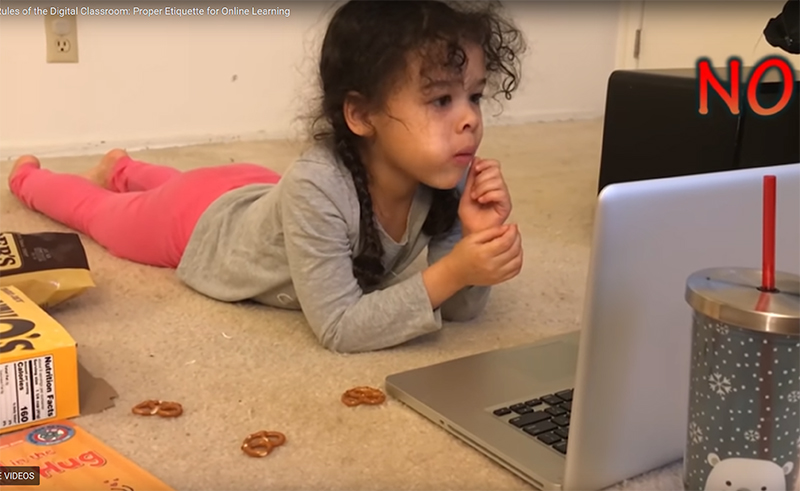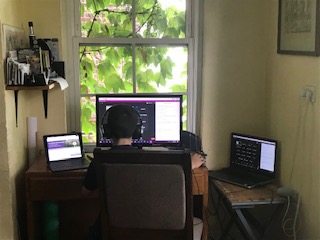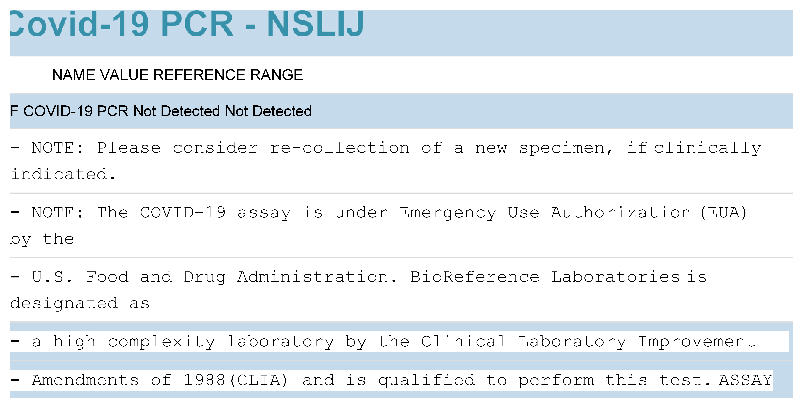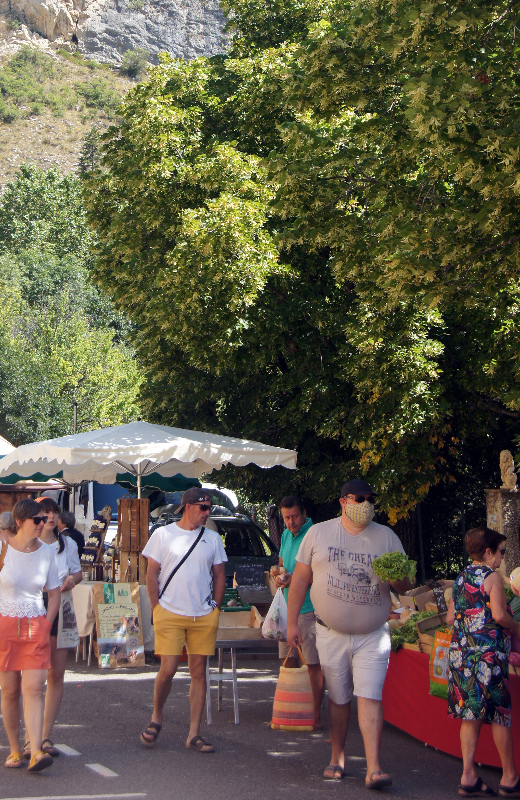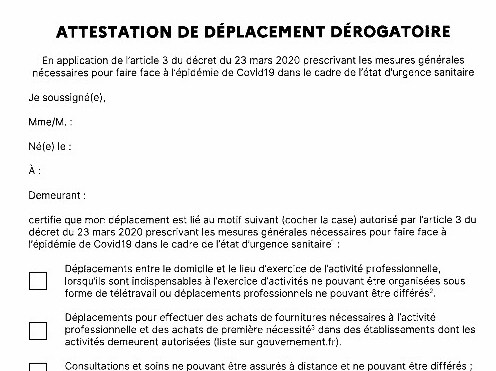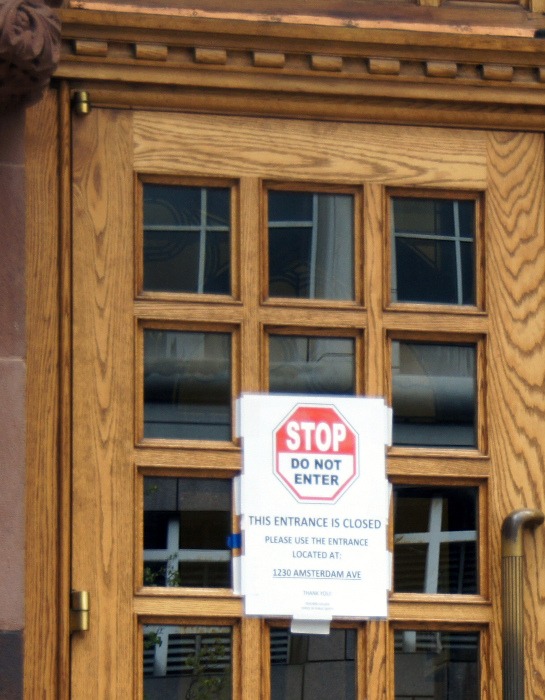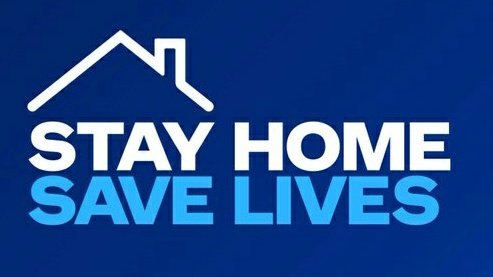Or
On the ignorant in capitalistic action
Like about everyone else I started the week of January 25, 2021, from a position of total ignorance about GameStop, Reddit, the Robinhood “Commission Free Trading & Investing App,” and the epic battle between hedge funds and young ones (mostly men I believe) As far as I can tell this is the position of many besides grandfathers who are not any more “dans le vent” as I might have said of my grandfather half-a-century ago. I am just one among the hundreds of millions who, like me, were completely ignorant and were also altogether irrelevant since we were not participating in the battle. This irrelevance may be changing as some among this crowd, like me writing this blog post, are starting to participate though mostly as an audience to a drama playing itself on a distant stage. As we watch we discover significant actors, their networks, their conflicts, their tactics, their armaments and their uncertainties in a very dubious battle.
The more interesting ignorance, for a social scientist, is that of the significant actors—those whose activities might have a direct impact on the activities of others. Many of those actors probably thought, a few weeks ago, that they were knowledgeable experts, and then found out that this was not true at all. Among these actors are the millions who knew about Robinhood and used whatever it provides. And there are also the smaller number who populate the “hedge funds” and also discovered their ignorance about actors they apparently had not noticed or had dismissed. As an ethnographer, I would open what should not remain black boxes (“hedge funds”) to reveal their internal organization. I might chose as my site Melvin Capital who appears in the media as one of those funds who lost the most last week (possibly half its value a month ago). According to Google, Melvin Capital has several “chiefs” (Chief Investment Officer, Chief Operations Officer, etc.). It probably also has hundreds of employees many of whom are those I believe are known as “traders.” I suspect many of those are hired young men (and now probably also some women) who are in charge of actually doing the work of the firm. I am sure ignorance was well distributed among all those. I would also not be surprised to learn that some of the new traders have now been fired for not noticing what was happening and for having almost bankrupted the firm. At some point the chiefs must have become aware of the losses and then discovered who were the actors producing these losses. How could they have imagined that young (some as young as 13!) men (where are the women in this fight?) would find a way to organize to defeat a bunch of famous experts at their own game: make a lot of money with little investment by playing on obscure possibilities?
I am not saying here that the young ones are more knowledgeable. They appear not to have known that the chiefs could organize themselves to demolish the young ones’ positions for the few hours it would take to mitigate losses (and probably make a lot of the young ones loose money some of them might not have been able to afford). An early story in the New York Times (1/31/2021) only mentions young men making money, not losing it.
While Rancière might celebrate the fact that they are mostly “self-taught” (that is that their education was not controlled by any authority besides each other), the grandfather in me suspects that only a very few will end up with more money than they started with. As far as I know, one rarely wins battles against “the Market” (and those end up managers of hedge funds…). As it is often put, the young ones are going to “get an education”…
Money is being made and lost on a grand scale. If much of this money is not essential for survival anyway, then one suspects that all this is also “fun” in the way deep play can be. So, let’s leave aside the money aspect for a while, and recognize what has been happening as, also, involving active explorations of possibilities given what one might call the “affordances” of the epoch. This would include the affordances of new software, the collapse of schooling as control of young bodies for hours on end, Zoom boredom, social media dares that may be less dangerous than others (no sex, no Trump, just “ready money” that is not quite needed for survival). And then, as the young ones could no longer be dismissed by the chiefs, there is the chief own explorations of aspect of Wall Street affordances they had not noticed before. I am about sure that those the chiefs manage will now use what the young ones discovered. I am reminded of Souleles’s work on private equity funds that surprised Wall Street in the early 1970s (2019a, 2019b). At that time a few young men had discovered a possibility, and soon many followed suit.
But Souleles had to work from 40-year-old documents, and reminiscences from some of those who followed the pioneers. What I hope will now happen is that someone will keep ethnographic tabs on the actors in this GameStop moment in order to develop better models of what I understand as ongoing education through collective difficult deliberations (2007, 2019). I trust this kind of research would help move the field away from easy “explanations” that end with the mention of “capitalism,” “neo-liberalism,” “greed,” “white privilege,” and any other such purported root cause. Obviously, the moment is part of a broader epoch that started with Reagan and Thatcher, or the Bretton Woods agreements, or Adam Smith, or … But none of these, as moments in the history of capitalism, are, precisely, causes. They are at most new conditions (constraints and possibilities) in an ecology with affordances that keep emerging and evolving. Neither the chiefs nor the young ones of the GameStop moment are just billiard balls with habitus careening on some billiard table.
So, I propose to look at the event as a sequence of moves by life forms responding poetically to various triggers. From my reading of media reports (and expanding on my post of January 28, 2021):
Time 1 — GameStop was a failing business. Its stock was moving lower, perhaps to 0;
Time 2 — Some hedge fund managers (probably low level ones at first) noticed this, imagined that the “overly” high price was driven by the ignorant (see the young ones above), and decided to make money by betting that the price would go lower;
Time 3 — young men in various basements continued buying the stock and its price kept on getting higher (I wonder why they would do this: ignorance of business fundamentals? Nostalgia from the time when the shop was their utopia where to spend Christmas money?)
Time 4 — some of the young men noticed that they were bothering New York hedge funds and organized to buy even more stock (with the idea they would bankrupt the funds).
Time 5 — the chiefs of the managers noticed that they were getting played and got together to apply raw economic power over the actual market place (Robinhood) where the buying was taking place and got the price to get down;
Time 6 — the young ones mobilized further and exercised their own raw political power by making the media notice, thereby leading to a backdown from some actors—though after some of them had limited their losses;
Time 7 — …….. [to come] ……….
To generalize, we have here a conversation or deliberation during which the ignorant teach each other new possibilities even as they make some new ones and there by produce consequences that are far more than “texts” or “narratives.”
References
Souleles, Daniel & Hervé Varenne 2019a “Redesigning capitalism.” Chapter 4 of Educating in Life by H. Varenne et al., 63-78. New York: Routledge.
Souleles, Daniel 2019 Songs of profit, songs of loss: Private equity, wealth, and inequality. Lincoln, NE: University of Nebraska Press.
 Print This Post
Print This Post
